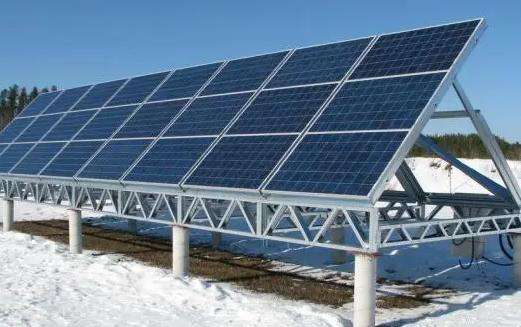The carriers used in solar energy are generally propylene glycol and ethylene glycol. Balcony wall-mounted solar power normally uses ethylene glycol. There is an inner tank in the water tank to store the media, and the copper tube in the flat plate. The collector stores the water-bound fluid in the tank. The medium absorbs heat from sunlight and circulates and exchanges heat with the medium in the water tank, thereby slowly exchanging heat for the water in the water tank. So solar water can be used with confidence
Question 1: What is solar support? In the north, antifreeze is ethylene glycol (propylene glycol or glycerol) antifreeze. Heat exchange fluids with different freezing points are selected based on different latitudes.
South of the Yangtze River, you should use antifreeze that does not freeze at -10°C.
In areas north of the Yangtze River, antifreeze that does not freeze at -20°C should be used.
North of the Yellow River, you should use antifreeze that does not freeze at -30°C.
It is necessary to ensure that the system will not freeze in winter.
Pure water is also used as a means of heat transfer in Yunnan and elsewhere.
Question 2: What is the dielectric of the solar water heater? The dielectric of the solar water heater is antifreeze:
Generally it is "ethylene glycol" + water + some other inorganic salts which adjust the freezing point "" or "propylene glycol + water + some other inorganic salts that adjust the freezing point"
Antifreeze uses a heat exchange fluid with different freezing points at different latitudes south of the Yangtze River. Use antifreeze that does not freeze at -10°C north of the Yangtze River, use antifreeze that does not freeze at -20°CC north of the Yellow River. -30°C. Make sure the system is protected. There will be no frost in winter. Pure water is also used as a heat transfer fluid in Yunnan and other places. Question 3: What is solar wall mount and how to add it yourself. I think if it's missing, just add some antifreeze.
Question 4: How to do it. add heat transfer fluid to the flat solar panels and open the plastic cover on the side of the water tank
Unscrew the nut on the filling port of the water tank, remember to unscrew both and use a socket wrench. to unscrew it in the opposite direction.
Open the plastic sealing ring and you can see the gap between the tank liner and the jacket.
Use a filling funnel to add. antifreeze to the jacket layer from the top hole.
Once the antifreeze has drained from the observation porton lower, stop adding
Add more liquid after a while until it overflows. p>
Return the sealing sleeve and nut to their original condition, and cover them with the plastic sealing cap to finish the work
Question 5: What type of solar antifreeze is it if you want it? If you need to reconstitute the liquid, use the original liquid. Mixed liquid may cause problems such as reflection or crystallization.
Question 6: What is solar media? It's usually antifreeze. Just add the same type of antifreeze.
Question 7: What does the fluid inlet of a solar water heater mean? The fluid of a solar water heater is water, which is the water inlet
Question 8: How to add support for wall-mounted solar? I think if it's missing, just add a little antifreeze














